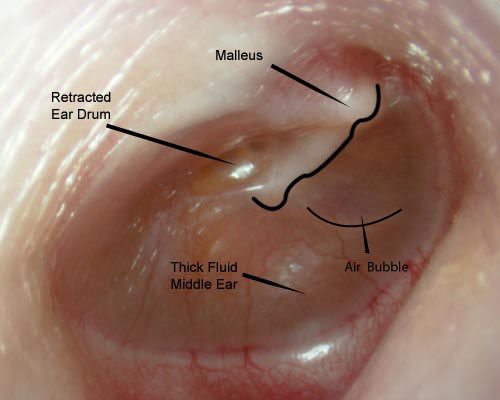
If you suspect fluid and/or an infection in your ear(s), they should be examined medically. We have tests and cameras that can verify middle ear fluid and guide treatment in a timely manner.Īdult risk factors for this condition include GE reflux, smoking, allergies, upper respiratory infections, immune system suppression (as with diabetes, chemotherapy, HIV/AIDS), sinusitis, enlarged tonsils/adenoids, ruptured eardrum and family history. It does not need to be a lasting problem. Key symptoms include sudden reduction in hearing, ear pain and often drainage. Middle ear fluid or infection in young children can disrupt learning at this critical age for language learning. Tubes may be inserted in chronic cases and are very common. Children’s Eustachian tubes are more horizontal and do not drain easily. Foul smelling drainage is a sign of a middle ear infection. There can be a milky white fluid in the middle ear space (“glue ear”) than can cause intense pain and even rupture the drum. Two major risk factors include smoking among family members and spending time in day care centers. Three out of four children can expect to have at least one episode by age three. According to the National Institutes of Health, otitis media is the leading cause for physician visits and antibiotic use for children five years old and younger. It should be correctly diagnosed and treated swiftly. Symptoms most seen in adults include drainage, ear pain, recent decrease in hearing, ear fullness sensations, recent dizziness or balance difficulty, fever (if there is an infection), and even pain, especially in children. The tympanic membrane (eardrum) is drawn backwards from negative pressure, and yellow watery fluid may be present, having been drawn from the tissues lining the middle ear cavity. This may be the result of Eustachian tube dysfunction, in which the middle ear space cannot drain to the throat adequately, often due to congestion in the tube itself. Often the fluid trapped behind adults’ eardrums is serous and is typically painless. Patients often report their primary physician suspected “fluid in the ears”. This may or may not be associated with an infection. Over 5 million cases of acute Otitis Media are reported annually in the US.Īdults can find themselves with middle ear fluid as well. Pain may increase until the eardrum ruptures from fluid pressure.

Children are known to be more prone to this condition due to their more horizontal Eustachian tubes and propensity for harvesting infections in general. Many pediatrician visits result in treatment for otitis media, which, in children, often presents as “glue ear” and may be accompanied by pain, fever and reduced hearing.

Most people are aware that middle ear infections are very common in young children.


 0 kommentar(er)
0 kommentar(er)
